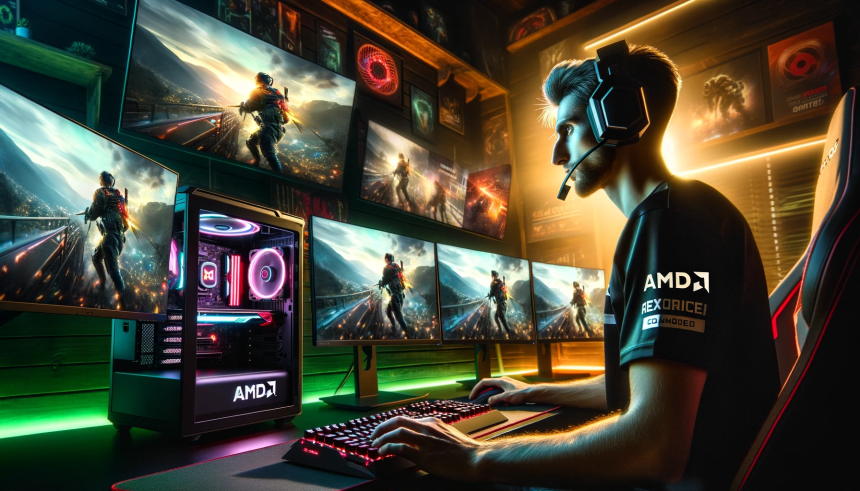The launch of AMD‘s Radeon RX 9070 is stirring attention in the graphics card market, known for high performance and competitive pricing. While the features of the RX 9070 are robust, its introduction is shadowed by the presence of its more powerful counterpart, the RX 9070 XT. The RX 9070 targets a specific consumer segment that values performance without the premium, potentially drawing interest from budget-conscious gamers and tech enthusiasts. Many are keen to evaluate whether the RX 9070 can sustain its position in a market crowded with alternatives.
When analyzing similar product releases, AMD’s strategic launches have often positioned newer models in ways that either complement or compete with existing products. Products like the RX 5000 series demonstrated AMD’s capability to capture the market with effective pricing. This historical pricing strategy might play a crucial role in how well the RX 9070 responds to competition, especially against its own XT version. The dynamics of consumer preference and affordability will crucially dictate the model’s performance in sales charts.
What sets the RX 9070 apart?
The RX 9070 holds unique attributes that cater to users seeking capable gaming hardware at a more manageable cost. Positioned below the RX 9070 XT, it may lack slightly in benchmark statistics but offers impressive functionality for its price range. Its architectural design is intended to support demanding gaming experiences while maintaining energy efficiency. The RX 9070 aims to attract those who need high performance without stepping up to premium pricing tiers.
Could affordability impact RX 9070 sales?
For those prioritizing budget, the RX 9070 might present an appealing proposition. While its price is more accessible, buyers could weigh attributes like clock speed and VRAM capacity when comparing it to the more costly RX 9070 XT. The affordability factor alone may not guarantee high sales unless paired with standout performance, which AMD hopes to deliver. Thus, the pricing and features must strike a balance to capture consumer interest effectively.
Is market proximity a disadvantage?
The proximity to the RX 9070 XT indeed creates a challenge for the RX 9070, as potential buyers might be swayed by the more powerful sibling. The XT variant offers enhanced graphics performance, which might be critical for gamers who demand top-tier capabilities. This competition within AMD’s lineup tests the RX 9070’s market positioning and could influence customer decisions, impacting sales and product longevity.
Given the competitive landscape for graphics cards, AMD’s strategy with the RX 9070 will be meaningful in how it negotiates consumer appeal against its own lineup and that of its rivals. As the technology landscape continues to evolve rapidly, AMD must maintain innovation and strategic pricing to capture and sustain market share effectively. Success will significantly depend on how well the RX 9070 meets the needs of its target audience and how it adapts to subsequent technological trends in graphics processing.










